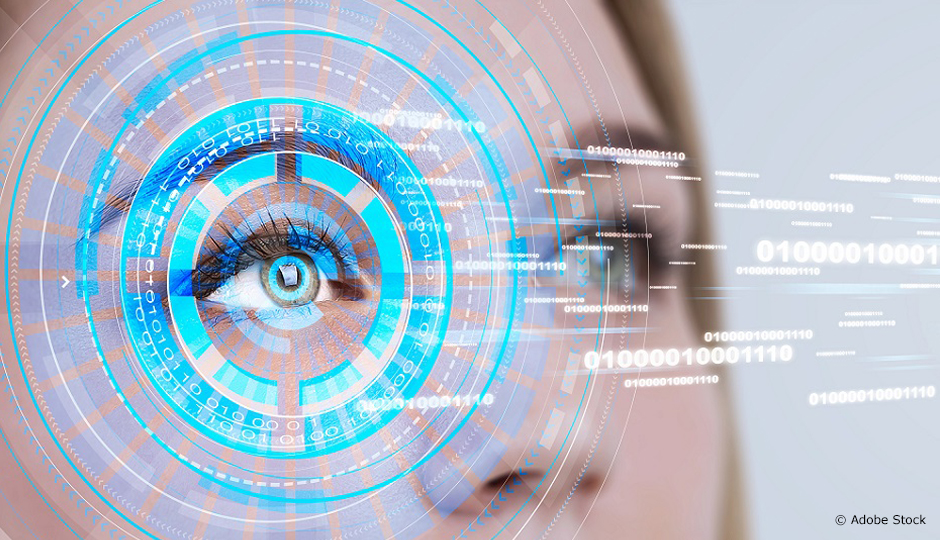
The researcher believes that high ocular rigidity could protect astronauts from the effects of zero gravity.
What if the rigidity of your eye could predict your risk of developing an eye condition such as glaucoma or myopia? Santiago Costantino, physicist and researcher at Université de Montréal and Hôpital Maisonneuve-Rosemont, has asked himself this very question. With his team, he adapted a medical imaging technique and combined it with artificial intelligence to film the inside of a person’s eye and measure its mechanical properties, including ocular rigidity.
He tested the non-invasive method with patients with glaucoma—a disease that causes fluid buildup in the eye and eventually distorts the optic nerve. The eye’s mechanical properties determine the resulting damage, and Santiago Costantino is working to prove that an eye with high rigidity is more resistant.
Moreover, in people with very advanced myopia, whose eyes expand faster than they should, insufficient ocular rigidity can lead to retinal detachment. The researcher hopes to also use the technique to predict a patient’s risk.
In addition, Santiago Costantino is collaborating with experts at NASA and the Canadian Space Agency to measure the ocular rigidity of American, Canadian, Japanese and European astronauts, since over half the cosmonauts who have gone to space experience vision problems: their eyeballs become warped, creating folds on the retina and causing low vision. While things often—but not always—go back to normal when the astronauts return to Earth, the condition still threatens the success of the eight-month voyages to Mars. The researcher believes that high ocular rigidity could protect astronauts from the effects of zero gravity and will therefore attempt to determine which individuals are most at risk of space-flight eye damage based on the rigidity of their eyes before they blast off.
